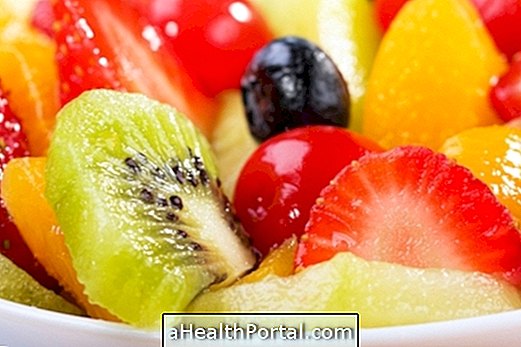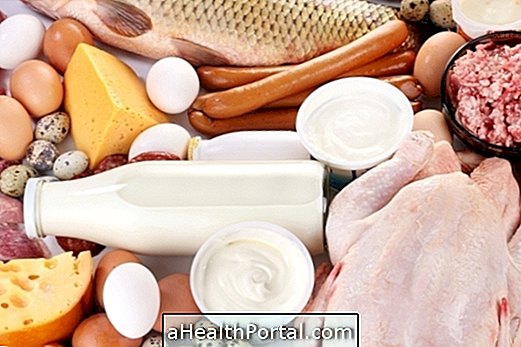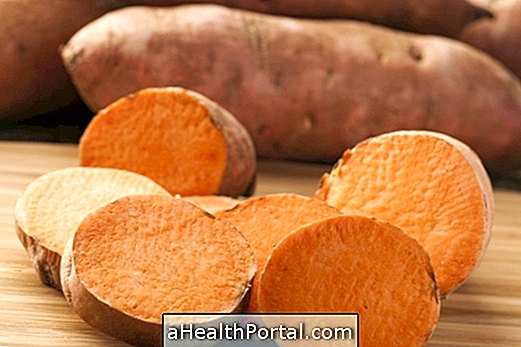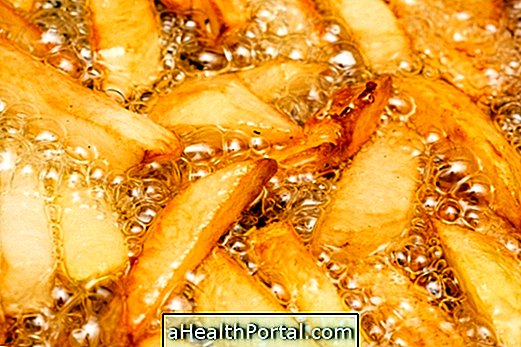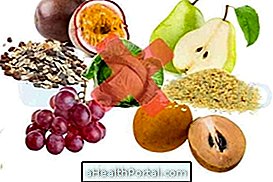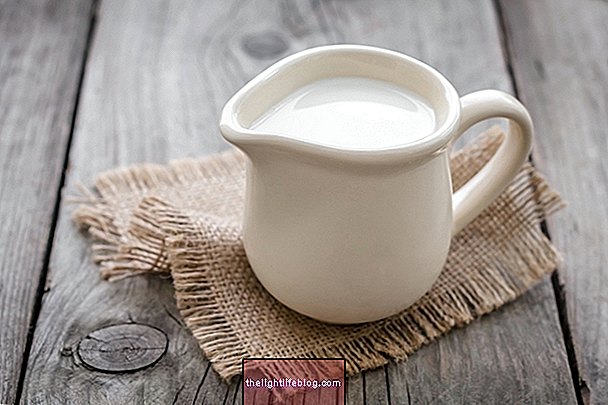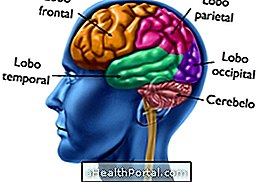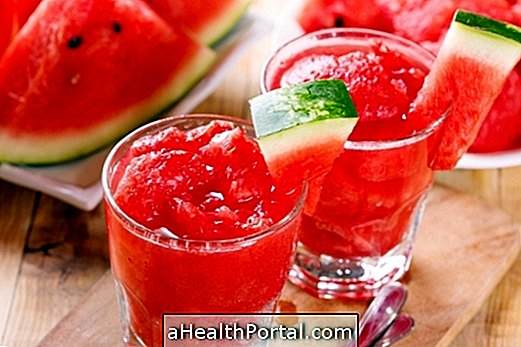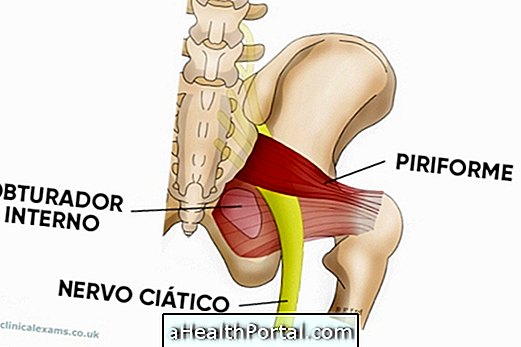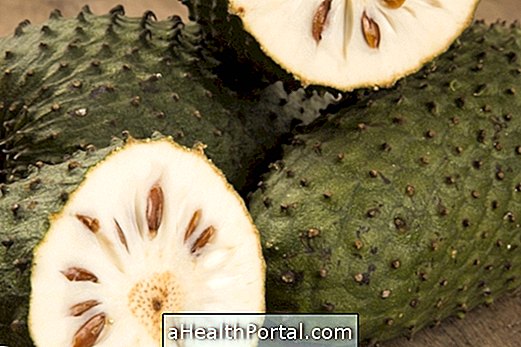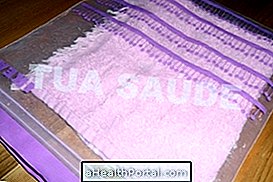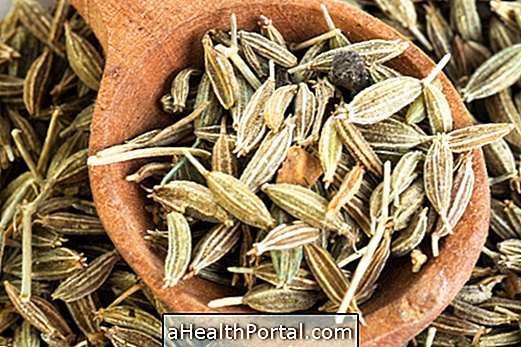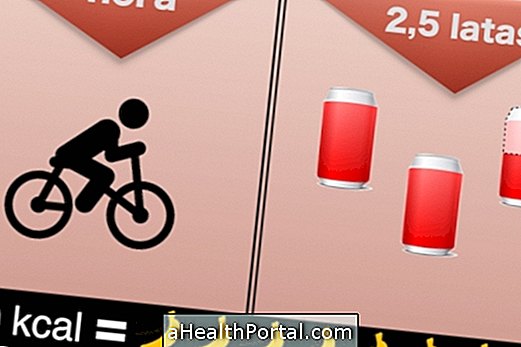To improve your health it is recommended to eat colorful foods at all meals because they are sources of vitamins, minerals and fibers that ensure the proper functioning of the body. The colors in food represent different nutrients and each color brings benefits such as prevention of cardiovascular disease and cancer, as well as improving the health of bones, skin and intestines.
To have a colored diet, at least half of the dish should consist of vegetables and vegetables, and the fruits should be present in the desserts and snacks. See below the benefits that each color brings to the body.
Yellow and orange foods for the skin
Yellow and orange foods have this color due to substances called carotenoids, which are anti-oxidants, and are rich in vitamins A, C and E. Some examples of these foods are orange, carrot, pineapple, corn, pumpkin, papaya, mandarin and sweet potato. These foods bring health benefits such as:
- Prevention of cardiovascular diseases;
- Prevention of cancer;
- Vision protection;
- Antiallergic action;
- Maintaining skin and hair health.
The orange foods also help maintain the tan because they stimulate the production of melanin, pigment that gives color to the skin. Here's how to ensure tanning of the skin even without getting sun.
Green food for anemia
Green foods have this color due to chlorophyll, and have anti-oxidant and detoxifying properties, and are rich in fiber. These foods are rich in calcium, phosphorus, magnesium, iron, zinc and vitamins A, C, E and K, and its main representatives are lettuce, spinach, cabbage, broccoli, watercress, green peppers, cucumber, coriander, kiwi and avocado. The benefits these foods bring to health are:
- Prevention and combat of anemia;
- Prevention of osteoporosis;
- Cancer prevention;
- Improved diabetes control;
- Reduction of blood pressure;
- Cholesterol reduction.
To potentiate the absorption of iron in the intestine, foods rich in iron should be ingested along with a source of vitamin C, such as yellow foods. See 3 tricks to enrich foods with iron.
White food for bones
White foods contain polyphenols, calcium, potassium and magnesium, and their light color is due to a substance called flavin. In this group are potatoes, onions, garlic, mushrooms, cauliflower, garlic, yams, turnip greens, bananas and pears. These foods contribute to health through:
- Bone formation and maintenance;
- Prevention of cardiovascular diseases;
- Prevention of cancer;
- Good functioning of the muscles, including the heart;
- Strengthening of the immune system.
Although white foods are poorly remembered when talking about colored food, they should always be present in a healthy meal.
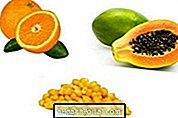


Red foods to detoxify
Red foods are rich in lycopene, antioxidant and responsible for the reddish color, and anthocyanin, which helps in the control of diabetes. Examples of red foods are strawberries, pepper, tomato, apple, raspberry, cherry and watermelon. Its health benefits are:
- Improvement of blood circulation;
- Cancer prevention;
- Elimination of toxic substances to the organism;
- Prevention of fatigue and depression;
- Hydration and blood pressure control.
The amount of lycopene increases with increasing temperature, so tomato sauces are excellent sources of this antioxidant. Learn about other benefits of tomato.
Purple food for the heart
Purple foods are rich in iron and B vitamins, in addition to antioxidants and fiber. The main foods of this group are açaí, grape, plum, blackberry, purple sweet potato, purple onion, purple cabbage and eggplant. The benefits these foods bring to health are:
- Cholesterol control;
- Prevention of cardiovascular diseases;
- Prevention of premature aging.
Resveratrol, an antioxidant found in the seeds and skin of grapes, is also present in red wine. The health benefits of wine are obtained when the intake is regular and in small amounts, about 1 cup per day. Learn more about the benefits of wine to health.
Brown food for the intestine
Brown foods are rich in fiber, good fats, selenium, zinc, and B vitamins. In this group are beans, peanuts, nuts, nuts, cinnamon, oats, and whole foods such as brown rice. In our body, these foods have the action of:
- Intestinal regulation and prevention of constipation;
- Control of cholesterol and diabetes;
- Prevention of cardiovascular diseases;
- Prevention of cancer;
- Strengthening of the immune system.
Whole foods, because they are high in fiber, are great for regulating intestinal transit. Here are 3 homemade tips to treat stuck gut.



Organic foods have the advantage of not containing pesticides and preservatives, and are ideal to consume with peels and to give to children. Frozen vegetables and fruits also maintain their nutrients and are practical options for day to day, as long as they have no preservatives in their composition, which can be conferred through the ingredients described on the label.
If you do not like fruits and vegetables, see in the following video what to do to try and enjoy these foods.
